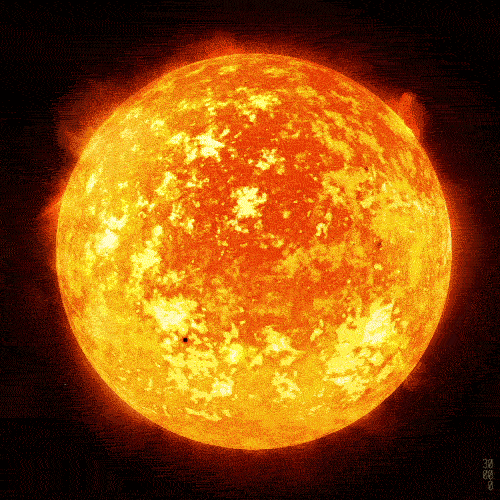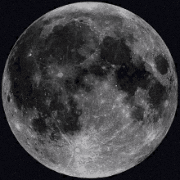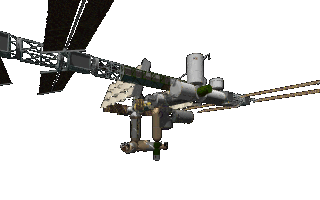When a small asteroid—typically 100 to 120 feet across—enters Earth’s atmosphere at 15–30 km s⁻¹,
the kinetic energy it carries is enormous: E=21mv2≈1.5×1015J(for a 50 m, 3 g cm−3 stone),
equivalent to several hundred megatons of TNT, far beyond the yield of the largest nuclear weapons.
<->
<-)Airburst – The object vaporizes at high altitude (10–30 km), creating a supersonic shock wave that spreads outward at the speed of sound.
The over‑pressure can exceed 30 kPa, enough to shatter windows, collapse roofs, and topple poorly constructed buildings across a radius of tens of kilometres—
essentially wiping out a medium‑sized city, as the 1908 Tunguska event did over a forested area of ~2 000 km².
Thermal pulse – The fireball radiates intense heat for seconds, igniting fires over a wide area and adding to casualties and infrastructure loss.
Ejecta and seismic effects – If the impact occurs over land, fragments of rock (ejecta) rain down, and the ground shock can generate earthquakes that further damage structures.
Global chaos – Even a “small” impact can inject massive amounts of dust, soot, and vaporized material into the stratosphere.
If the plume reaches the upper atmosphere, it can block sunlight, causing a temporary drop in surface temperatures (a “impact winter”).
This can disrupt agriculture, supply chains, and power grids, leading to food shortages, economic collapse, and mass displacement.
The psychological shock and media coverage amplify panic, straining emergency services and governance.
Thus, while the asteroid may be modest in size, the combination of a high‑energy airburst, immediate devastation, and potential atmospheric effects can turn a local catastrophe into a worldwide crisis.
<->
Perhaps one day Humaity will stop fighting with each other and figure out a way to stop Humanities extinction.

















